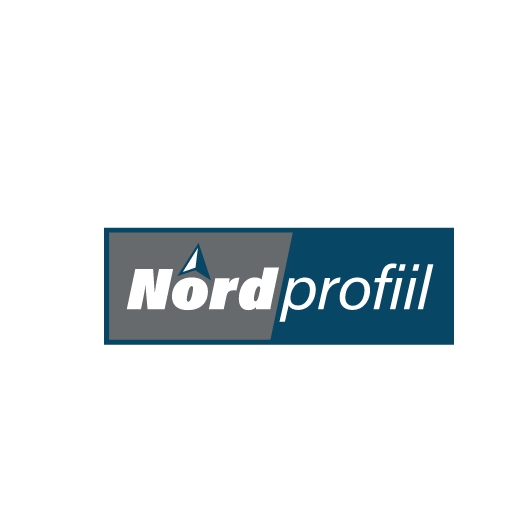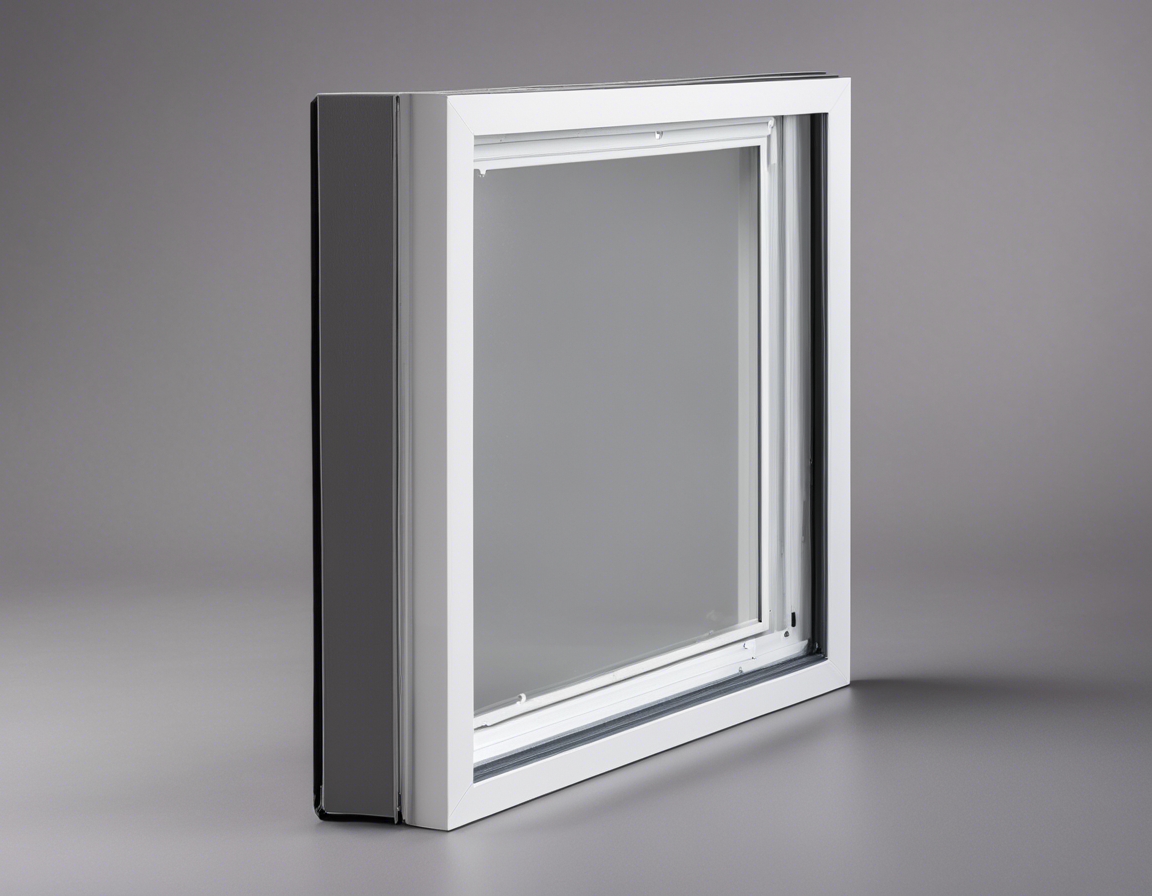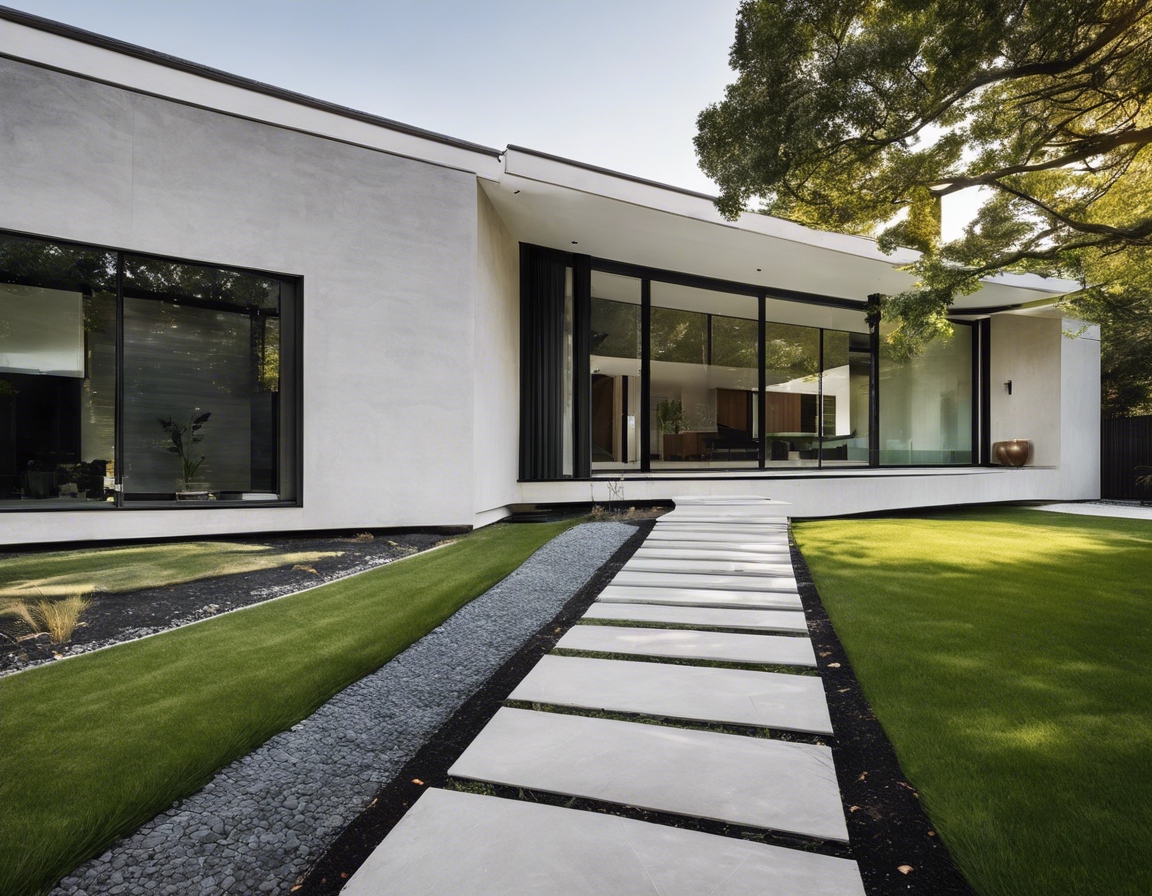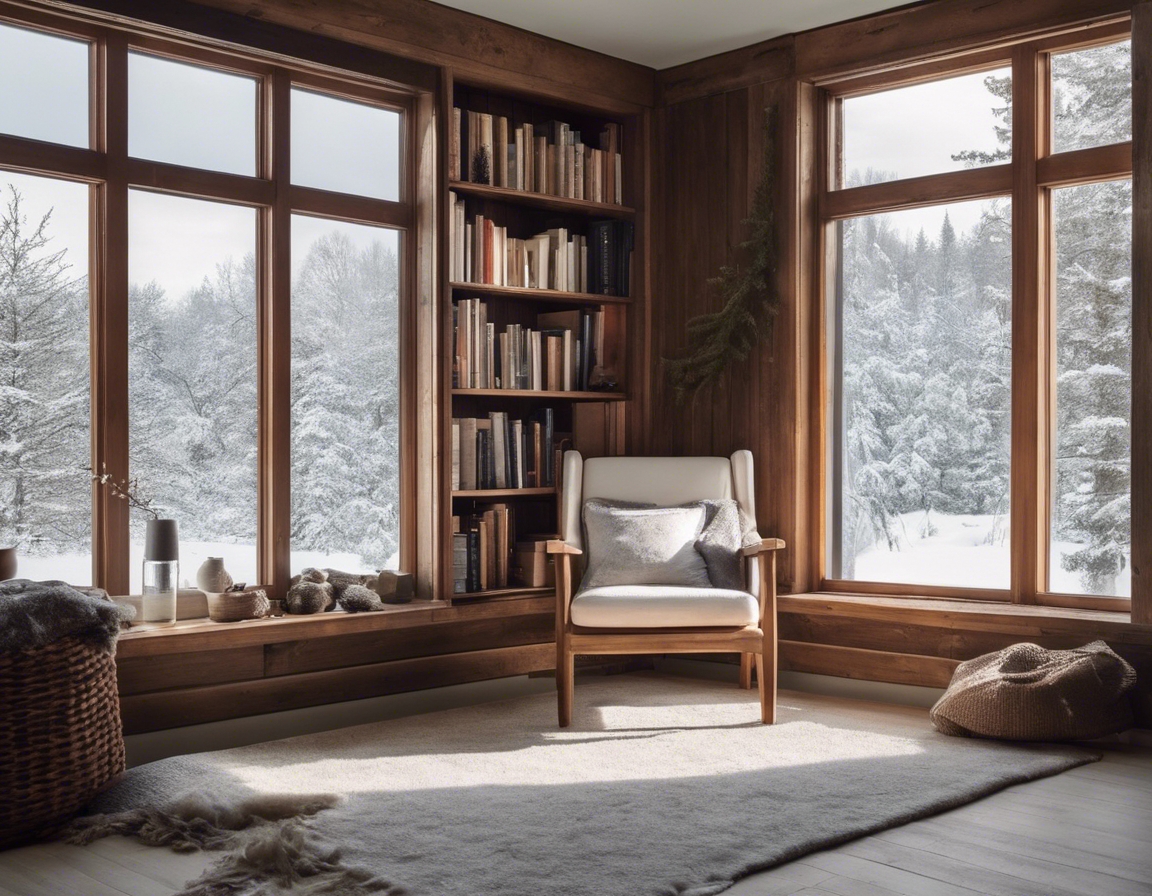The art of aluminum: transforming modern architecture
Aluminum's journey in architecture began in the 19th century, but it wasn't until the 20th century that it became a cornerstone of modern construction. Its lightweight nature, strength, and resistance to corrosion contributed to its rise in popularity, allowing architects to push the boundaries of design and engineering.
Aluminum stands out in the construction industry due to its durability, malleability, and excellent strength-to-weight ratio. It is also non-toxic, recyclable, and requires minimal maintenance, making it an environmentally friendly and sustainable choice for contemporary building projects.
The Role of Aluminum in Contemporary Design
Today, aluminum is a key player in creating dynamic facades and exterior structures. Its versatility allows for innovative designs that can be both functional and visually striking, enhancing the urban landscape and redefining skylines around the world.
Within interior spaces, aluminum's sleek and modern aesthetic complements a variety of design themes. It is used in fixtures, furniture, and decorative elements, providing a contemporary touch that is both stylish and practical.
As the demand for green building practices grows, aluminum is increasingly valued for its recyclability and energy efficiency. It plays a significant role in the development of eco-friendly buildings that aim to reduce carbon footprints and promote sustainability.
Technological Advancements in Aluminum Fabrication
Research and development have led to the creation of new aluminum alloys and composites that offer enhanced properties, such as increased strength and improved thermal insulation, further expanding the possibilities of aluminum in architecture.
Modern fabrication techniques, including extrusion, casting, and anodizing, have refined the way aluminum products are manufactured, allowing for greater precision and complexity in architectural components.
The ability to customize and prefabricate aluminum parts has revolutionized the construction process, reducing on-site work, minimizing waste, and enabling faster project completion times.
Aluminum's Impact on Aesthetics and Functionality
Aluminum's aesthetic flexibility allows architects to create a range of finishes, from matte and brushed to polished and anodized, offering a spectrum of visual effects that can be tailored to any architectural vision.
The functional benefits of aluminum include its ability to support large glass structures, enhance thermal performance, and provide superior weather resistance, all while maintaining a high level of design integrity.
Choosing the Right Aluminum Solutions for Your Project
When selecting aluminum products for a project, considerations such as performance requirements, aesthetic goals, and budget constraints are crucial. Understanding the specific needs of a project ensures that the chosen aluminum solutions will meet and exceed expectations.
Partnering with expert manufacturers like NORDPROFIIL OÜ is essential to achieving the best results in aluminum architecture. Their expertise in high-quality, customized aluminum solutions can bring any architectural concept to life, ensuring that every project benefits from the art of aluminum.






Comments (0)